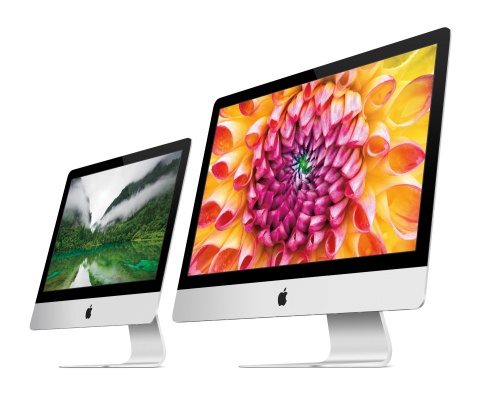Technology can either be a differentiating factor that helps businesses be successful or it can be something that contributes to a company’s downfall. Technology adoption and usage can help to increase efficiency, increase stickiness, reduce wastage, improve product development, improve service, and improve time to market.
Technology is at the heart of many businesses success stories and the role of the CIO, which in the long term view is a recent development, is ever more becoming one of the key positions within a company but it also one of the most challenging.
ABI Research (www.abiresearch.com) has put together an analysis that collects input from the ABI analyst community and presents a broad perspective as to what technologies should be on any CIO’s or product manager’s radar and should be considered when looking at the future roadmap of either products or internal solutions.
The top five overall are: device-to-device communications (D2D); machine learning; cellular RAN virtualization, Bluetooth Low Energy/Bluetooth Smart; and LTE-Advanced. Technologies with the “most potential impact” are: D2D, WiGig, energy storage for portable devices, graphene, and machine learning.
Technologies with “time to disrupt” are: cellular RAN virtualization, ISW and Unified SON, Bluetooth Low Energy/Bluetooth Smart, in-vehicle smartphone standards, and machine learning. Technologies with the “highest disruption probability” are: cellular RAN virtualization, Bluetooth Low Energy/Bluetooth Smart, machine learning, LTE-Advanced, and D2D.
“The digitization of our world and the democratization of the Internet means that innovation will increasingly be digital and will come from unexpected quarters. The ability to have a huge net to capture this innovation is not only key to surviving the tsunami of evolution but it is also paramount for companies to be armed with enough knowledge to understand which innovations will matter,” says Stuart Carlaw, chief research officer at ABI Research.



